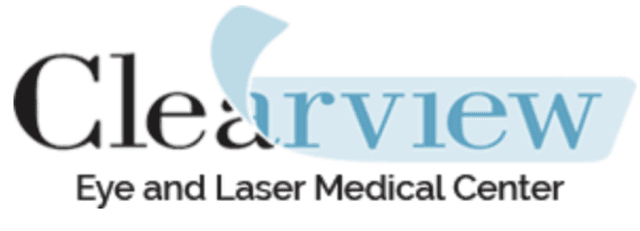


Clear vision is essential for daily life, but millions of people worldwide experience blurred vision due to refractive errors of the eye. These errors occur when the eye cannot properly focus light on the retina, leading to distorted or unclear vision.
If you’ve ever wondered what refractive error is, how it affects vision, or how it can be treated, this guide will help you understand its causes, symptoms, and treatment options. We will also explore the different types of refractive error and the best approaches for refractive error correction.
A refractive error is a vision problem that occurs when the shape of the eye prevents light from focusing correctly on the retina. The retina is a light-sensitive layer at the back of the eye that sends visual signals to the brain. When light is improperly focused, it results in blurred or distorted vision.
Refractive errors are among the most common vision issues, affecting people of all ages. They can be mild or severe, and while some individuals may experience minor vision problems, others may struggle with significant impairment.
Refractive errors of the eye occur when the eye's shape changes the way light enters and bends (refracts). Normally, light should be perfectly focused onto the retina. However, due to variations in the eye’s structure, light may focus in front of or behind the retina, leading to blurry vision.
Common reasons for refractive errors include:
These vision errors can develop at any age, and while some people are born with them, others may develop them later in life due to aging, disease, or environmental factors.
There are four main types of refractive error, each affecting vision in different ways:
Each type of refractive error affects vision differently, but they can often be managed with corrective measures.
The causes of refractive error vary depending on the type of error, but they generally include:
The symptoms of refractive errors of the eye can vary, but common signs include:
If you experience any of these symptoms, it is crucial to get an eye examination to determine the best refractive error correction method.
There are several effective ways to correct refractive errors of the eye, depending on the severity and type of error. The most common refractive error correction methods include:
The choice of refractive error correction depends on individual needs, lifestyle, and eye health.
By following these steps, individuals can effectively manage and prevent worsening vision problems.
Refractive errors are among the most common vision issues, affecting people of all ages. Understanding what is refractive error, its causes, and treatment options is essential for maintaining clear vision.
With advancements in refractive error correction, individuals now have multiple options, including eyeglasses, contact lenses, LASIK, and cataract surgery for those with age-related vision issues.

Call Us: (858) 452-3937
8:30AM - 7:00 PM - Monday through Saturday (Saturday until 11:30AM)